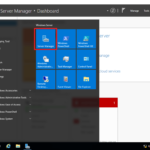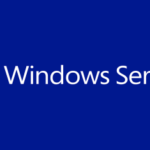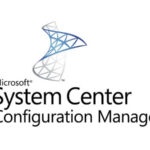How to Join Windows 10 to a Domain: Step-by-Step Guide
Windows 10 domain joins using a graphical interface (GUI)
1. Start or Operating System and enter the system.
NOTE: User must have Local Admin Rights and rights to join PCs to domain
2. Right Mouse Button click on the Start button and select System;

3. Click Change settings;

4. Click the Change button;

5. Enter your Computer name and Domain (in “Member of“).
When you join your PC to the domain you have 2 scenarios to go:
- Change name, reboot, join to domain, reboot;
- Change name, join to the domain, and reboot (I use this);

6. After all changes click the OK button;
7. Enter the credentials of user, that has the rights to join computers to the domain. I use the early created in AD computer name and selected the user for its joining. After entries click the OK button;
8. If all things are right you will see the message Welcome to the <your domain name> domain. Click the OK button;
9. Next system tells you about restarting. Click the OK button;

10. Click the Close button;
11. You will get a pop-up to Restart Now your system:

12. After the system restarts you can log in into the system with your domain credentials.
Windows 10 domain join using PowerShell
Open a Windows PowerShell with administrator rights and type the following command by changing DomainName to yours and DomainUser with a domain user account.
Add-Computer -DomainName <DomainName> -Credential <DomainUser>For example, the command would look something like this:
Add-Computer -DomainName contoso.com -Credential contoso\AdministratorAfter the command runs, you will need to type the user’s password and then restart your computer to complete the process.
Restart-Computer


















